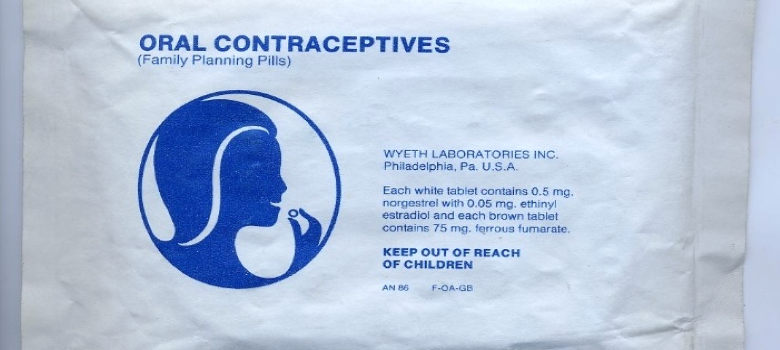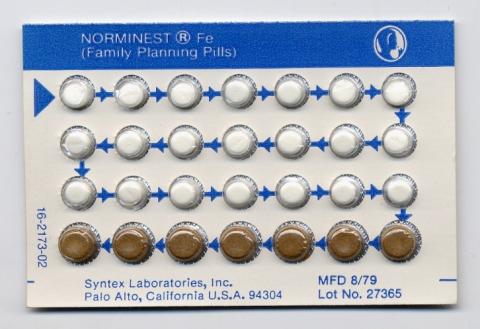“For the standard packaging we wanted to picture a young woman taking a pill,” Ravenholt said. “Because we would be distributing these oral contraceptives to virtually every country, we did not wish to picture the user as white, or brown, or black, hence chose the color blue. Then we perfected the way she held a pill between her thumb and forefinger.”
The design was a success. The Blue Lady would become ubiquitous on USAID-funded oral contraceptives and help the agency implement successful family planning programming worldwide.
“With these well-accepted standard-package oral contraceptives, purchased at the low cost of 15 cents per monthly cycle, we were able to offer LDCs (least developed countries) virtually unlimited supplies of free OCs with which to build their family planning programs.”
Today, the Blue Lady Logo is a recognizable symbol all over the world. Last year, the USAID Global Health Supply Chain Program-Procurement and Supply Management (GHSC-PSM) project supported the distribution of more than 21 million packages featuring the Blue Lady – the equivalent of providing one year of contraception to 1.4 million women. GHSC-PSM is the primary vehicle through which USAID procures and provides FP/RH commodities for USAID’s voluntary family planning programs and provides technical assistance to improve supply systems and contraceptive security in developing countries.
To report any quality or marketing-related issues, please contact BlueLadyInfo@usaid.gov

